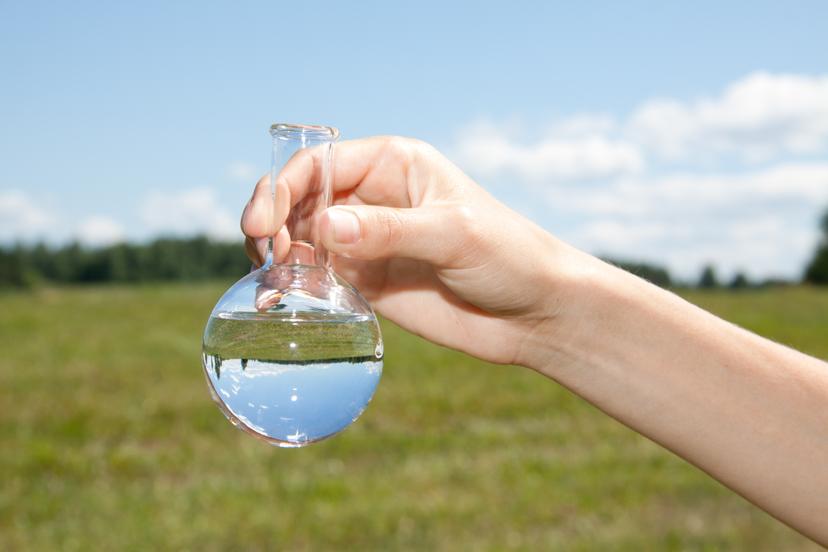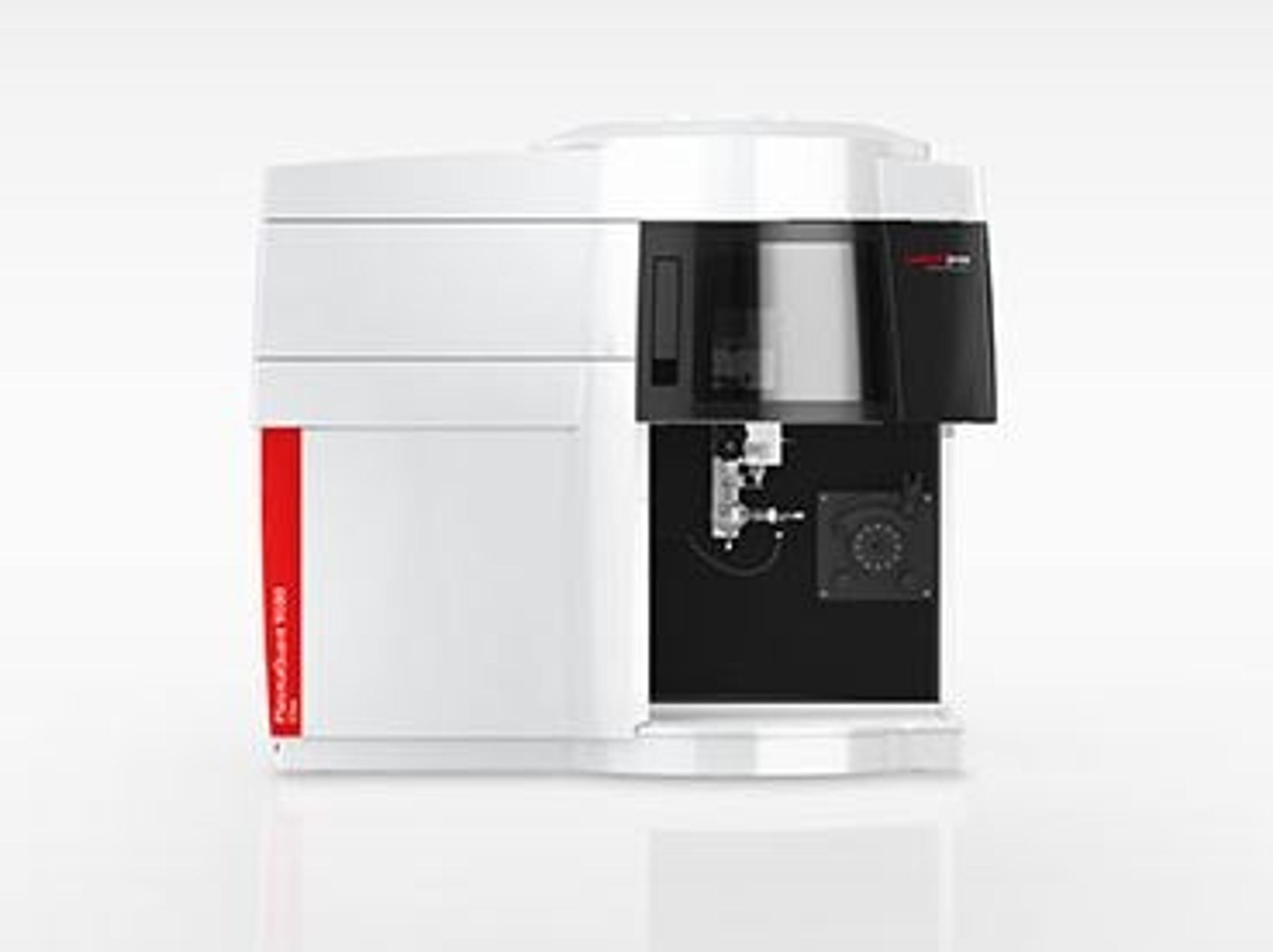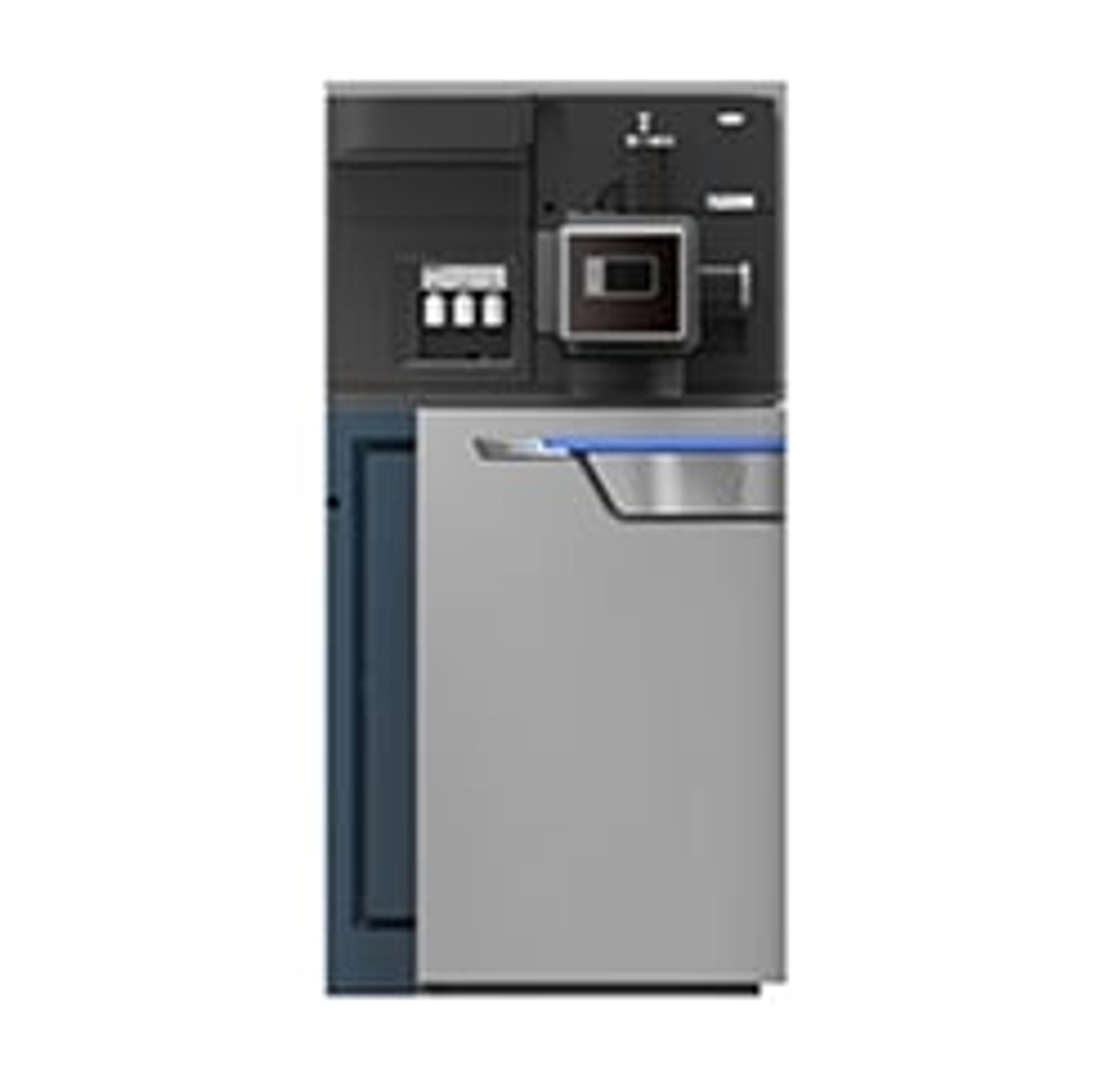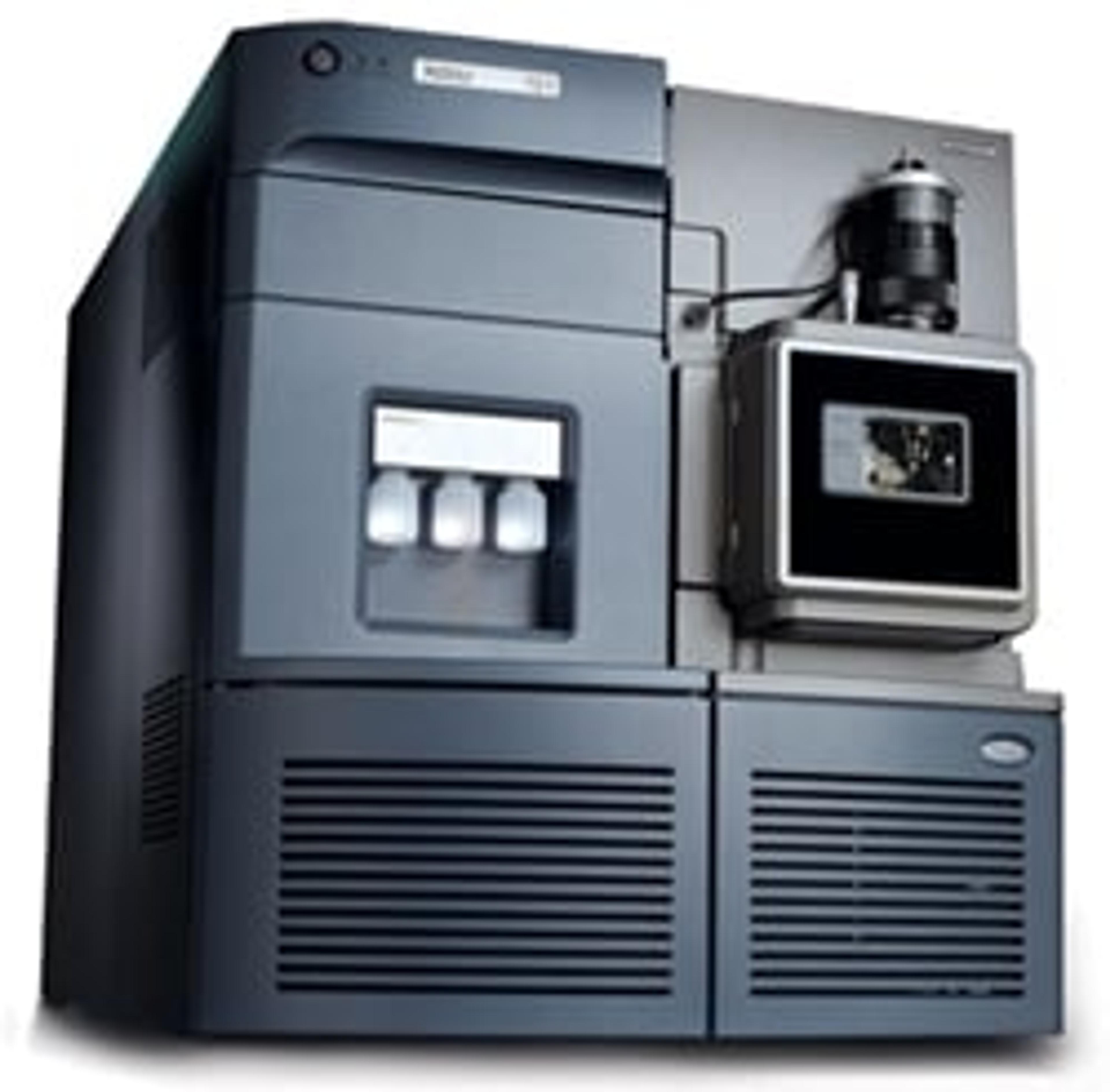What's New in Environmental Science?
13 Aug 2015
Find out about the latest news and technologies in Environmental science
Hear Dr Rodgers, Director of the Future Fuels Institute at Florida State University, describe the future of crude oil. Discover an accurate way to identify and secure your samples and download our new HPLC Columns Buying Guide.
1. Future Fuels: Future of Petrochemicals Research − Unlocking the Potential of Heavier Crude Oils
It is widely apparent that the oil market is becoming more heavily reliant upon heavier crude oils which, if utilized efficiently, can provide fuel for the future. In this SelectScience interview, Dr Ryan Rodgers, Director of the Future Fuels Institute at Florida State University, discusses the use of heavier crude oils and how they utilize Waters technology in the analysis of the heaviest of crude oils. Ion mobility provides data and analytics that no other technique can, due to the high boiling points of the crude oil fractions, so Waters’ Synapt G2-Si is ideal.
Watch the SelectScience interview>>
2. POPs: Ground-Breaking Research Reveals Hidden Environmental Dangers of POPs
Analysis of environmental pollutants is crucial to understand the potential health hazards caused by exposure. Dr Frank Dorman, Associate Professor, Biochemistry & Molecular Biology at Penn State University, is pushing the boundaries of environmental forensics with his research on currently unregulated persistent environmental pollutants (POPs). In the article, Dr Dorman explains how the "increased sensitivity and method robustness offered by the Xevo TQ-S from Waters," has enabled ground-breaking research that will allow for better understanding of these contaminants, eventually targeting "environmental regulatory methods".
3. Soil Sampling: Determining Soil Health using CHN Microanalysis
Crop yields are dependent upon the quality of soil and so soil analysis is of economic and productive interest. The proportion of carbon and nitrogen in soil is of particular significance. Exeter Analytical reports on how its Model 440 CHN Microanalyzer is being used to precisely determine the percentage Carbon (C) and Nitrogen (N) in soil samples.
4. Fungicide: Isolating Trace Impurities for Structural Elucidation in a Commercial Fungicide Formulation using Preparative SFC
Various government agencies, including the FDA and EPA, regulate the use of trace impurities and synthetic products to protect the environment and public health. As a result, impurity separation and their structural identification are important research functions for many industries, including pharmaceutical, agrochemical, food, and consumer products. This application note describes a workflow to achieve full structural elucidation of trace impurities that can be implemented using preparative supercritical fluid chromatography to isolate trace impurities.
5.Algae: Measurement of TOC and TN in Marine Water Algae Culture Solution
The culturing of microalgae in various types of non-edible biomass has been receiving considerable attention in recent years. Various nutrients, such as nitrogen compounds, are added to these types of microalgae cultures but these must be managed within an appropriate range. This application note describes a method for the direct measurement of the total organic carbon (TOC) and total nitrogen (TN) content in high-salt samples such as seawater, without requiring dilution of the samples.
6. VOCs: Volatile Organic Compound Analysis using Purge and Trap
Purge and Trap with GC/MS has been widely used for analysis of volatile organic compounds. This application note introduces an approach implemented and tested at several beta sites that consistently produces outstanding data, using the Agilent 5975C Mass Selective Detector.
7. Handheld XRF: Rapid Material Confirmation using the Handheld X-ray Fluorescence Analyzer MESA-600/63
Recently, handheld X-ray fluorescence (XRF) analyzers have been used widely in the field of on-site elemental analysis, providing rapid material confirmation, alloy grade identification and field screening of outdoor samples. This application note describes the features, functions and applications for the handheld X-ray fluorescence analyzer, MESA-600/630.
8. Petrochemicals: PlasmaQuant® PQ 9000 - A New Level of Operator Convenience in ICP-OES
Analytik Jena's PlasmaQuant® PQ 9000 delivers rigid plasma even under the most extreme matrix loads, with the analytically superior vertical plasma geometry of the V Shuttle Torch, enabling long-term plasma performance without clogging and soot formation, even for the most heavy-duty samples like brines or petrochemicals. Its detection limits that reach parts per trillion are an innovation in ICP-OES.
9. New Buying Guide: HPLC Columns
If you are looking to invest in an HPLC column, this essential SelectScience HPLC Columns Buying Guide provides you with all the information you need to help you to make the right decision, based on your requirements.
Learn about key factors and application considerations when buying a new column, and read impartial user reviews to help you to purchase with confidence.
Upcoming Events
Analytical Method Development, Validation and Transfer (15 - 16 Sep 2015, Berlin, Germany)
13th Edition of Analitica Latin America (22 - 24 Sep 2015, São Paulo, Brazil)
BIOTECHNICA 2015 Featured Event (06 - 08 Oct 2015, Hanover, Germany)
For more Environmental News, click here.




